Our curlew trapping season has begun! We have 19 transmitters that we will be putting out this spring on Long-billed Curlews at various locations. Here’s an update on the season so far.
The Transmittered Birds
We have transmitters on 3 ACEC birds so far, and plan to do a fourth in the next few days. Because we are working with schools and community groups in the valley to get the word out about curlews (and especially about not shooting them!) we thought we would ask some local schools to help us name the ACEC birds.
Our first two birds have already been named, based on votes and suggestions from 300 biology and ecology students at Middleton High School. Thanks for Mr. Love and Mr. Wiley for letting us visit your classes!
So, without further ado, allow us to introduce our first two named birds of the 2015 season!
Meet: Thor and Valkyrie!
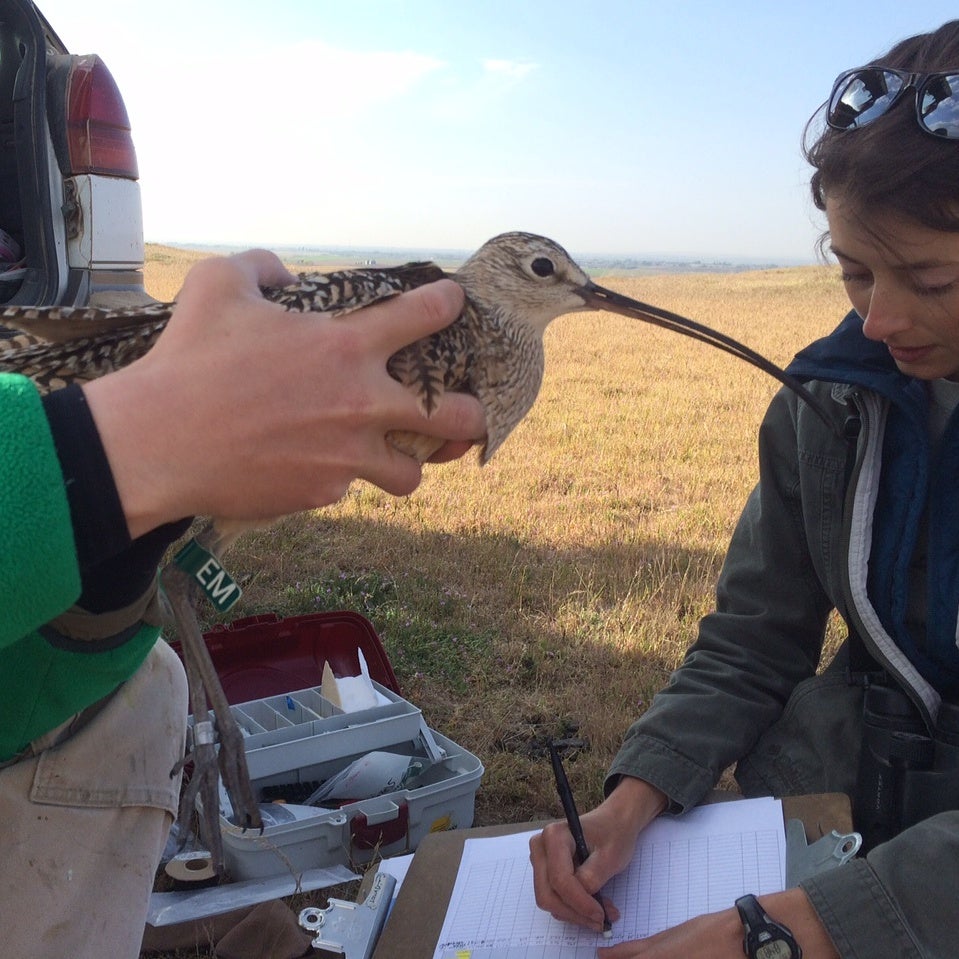
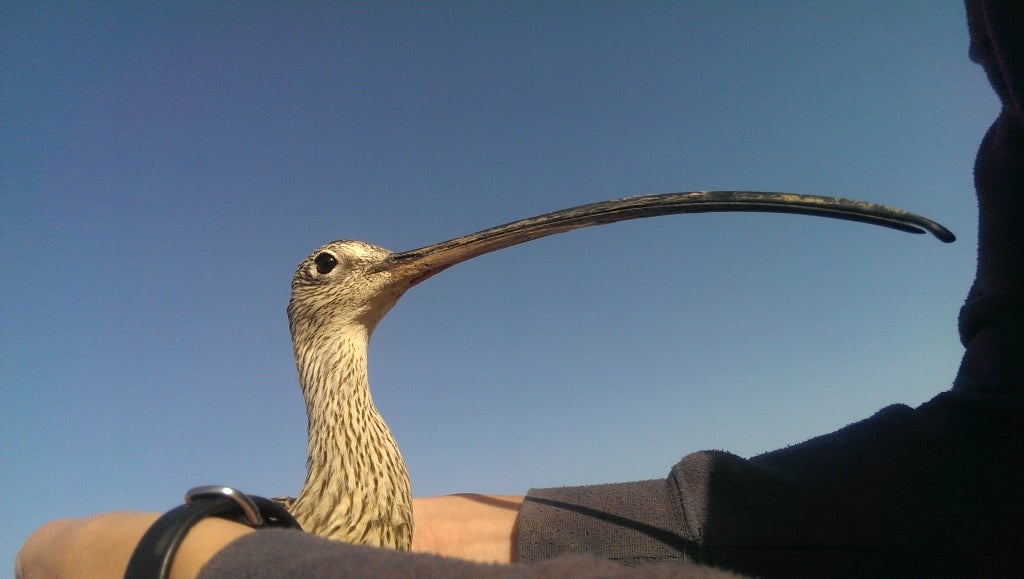
These two birds are a mated pair living on an area of the ACEC we have called “mountain view” because of the beautiful mountains visible on the horizon at this site.
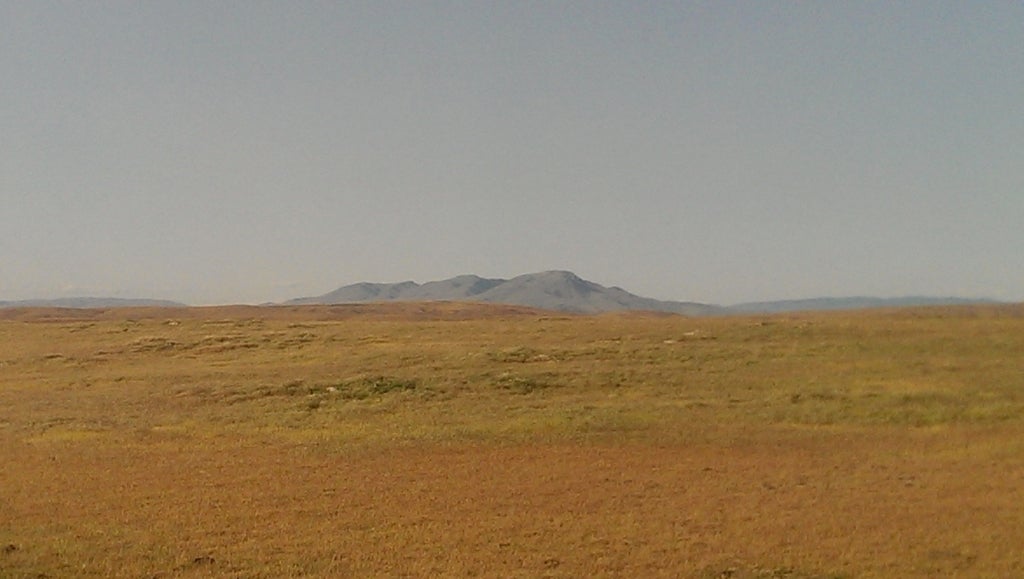
Appropriately, this couple is named after characters in Norse Mythology, since the mascot for Middleton schools is the Viking.
Two of our birds will be named with a naming contest based on a combination of submissions from area schools.
We have a female, CP who has yet to be named, and hope to catch our fourth bird soon.
The season so far and what’s ahead…
We have 7 study sites throughout the Intermountain West where we will be trapping birds this year, but for now we are focusing our transmitting efforts in the Treasure Valley. With its lower elevation and warmer climate, the ACEC (our study site near Emmett and Middleton, ID) is the first location to have nesting birds. So, we are working to catch curlews there before moving on to our other study sites. Stay tuned for updates from the field as we begin attaching transmitters elsewhere.
Over the past 5 days, we have managed to catch 6 curlews total. Although we usually make it sound easy, this season has been particularly taxing on the trapping team. So far the score is 4-6 curlews vs trappers. This is our highest ‘miss’ rate so far! For some reason this year, we have had more birds than usual flush before we can get near them with the net…maybe their friends who are already sporting some of our ‘jewelry’ have warned them about us!
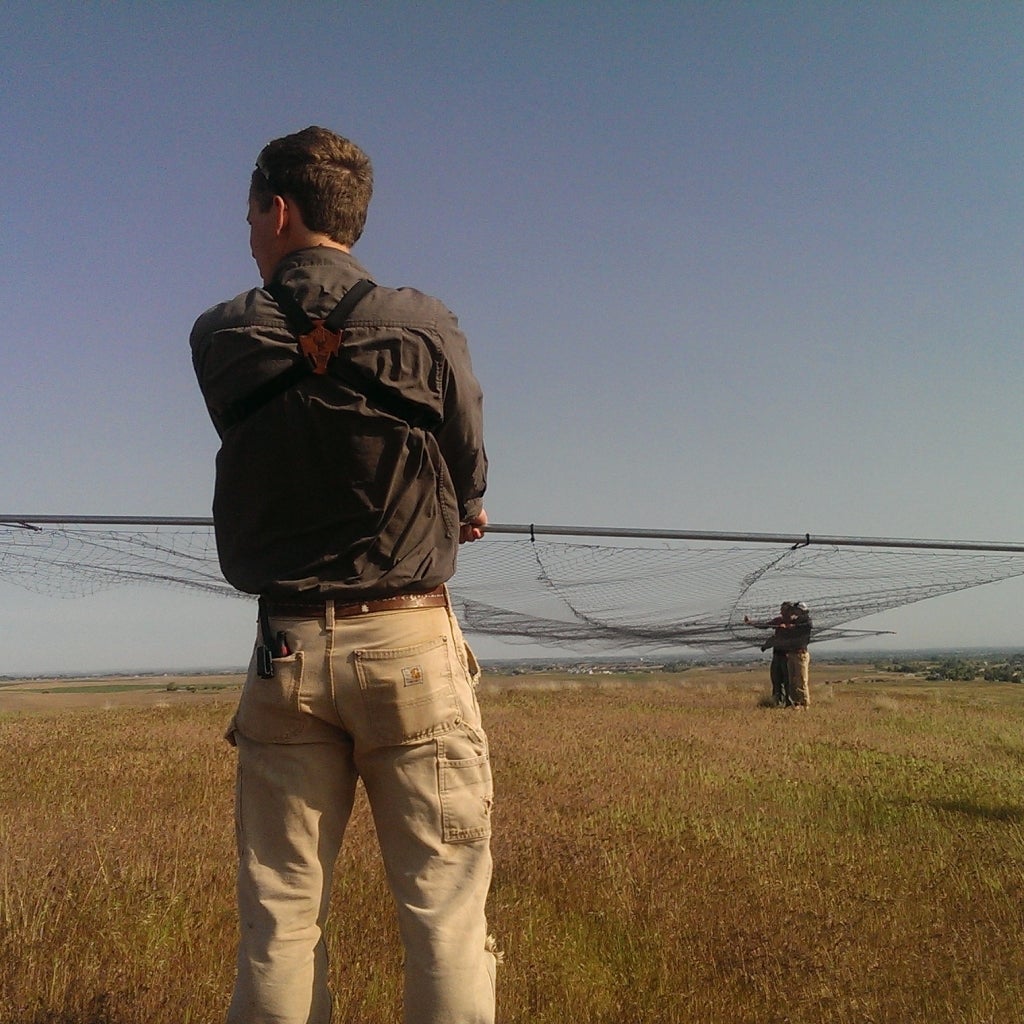
One particular instance, we were gearing up to trap a female incubating on her nest. Just as we were lining up the net to make a go for her, Jay flushed a female curlew from the ground from just a few feet away! Apparently this female had been sitting on her nest, quietly incubating her eggs while we were setting up the net just yards away from her. She squawked once as she left the nest and the jig was up! The female on the nest we planned to trap saw the entire interaction and wasn’t about to let us get anywhere near her. We had to give up on that area and move on.
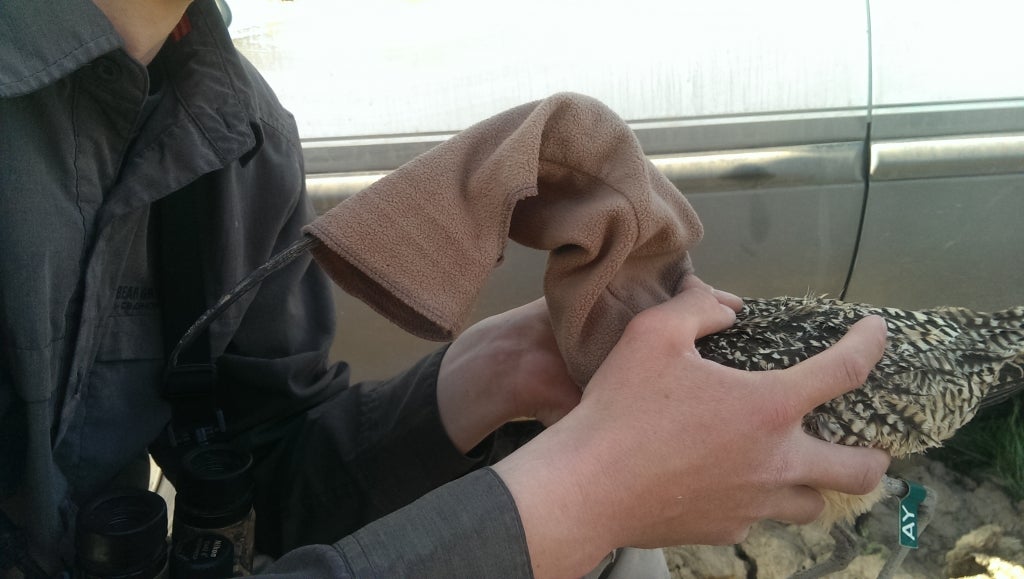
Spit Swabs
This year we have BSU grad student, Stephanie Coates, working on the project with our research director, Jay Carlisle, as her advisor. As part of her study, she’ll be investigating the genetics of our 7 curlew populations. We’re hoping this will help us piece together a better picture of curlew population connectivity. Because of this, we are catching some curlews to attach transmitters and take DNA samples, and others we are simply banding and taking DNA without attaching a transmitter.
So far we have trapped 3 curlews for DNA samples and 3 curlews for DNA+Transmitters.
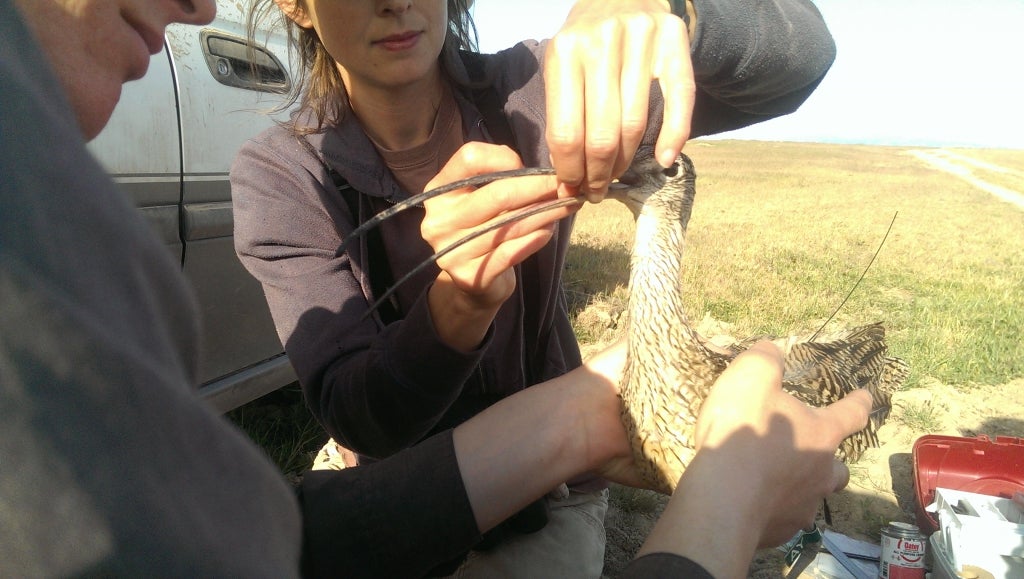
We are excited to see what discoveries the DNA will reveal!
While taking a spit swab, we also got to experience a strange phenomenon that none of us were expecting! We’ve always noticed the grooves on the tips of curlews beaks and wondered what they were for, but had no idea they were actually flex lines! That’s right, curlews can actually bend the tips of their beaks!
While chatting at a barbecue with our bird-nerd friend Bryce (because what else would you talk about at a barbecue?) we learned that this is actually a known phenomenon in other bird species as well, known as Rhynchokinesis.
Check out this whacky video of the phenomenon in action, taken by Ben Wright.
(Obviously the curlews don’t enjoy this process, but it is a relatively efficient and very safe technique for collecting DNA from them).
Well, that’s all for now!
If you haven’t already, be sure to follow us on Social Media. You can follow our main IBO pages, and we also have some curlew-specific pages with more frequent updates for those of you who are curlew super-fans :)
The Curlew Crew website–run by Grad Student, Stephanie
